The Tulalip tribes–Snohomish, Snoqualmie, Skykomish, and others-have lived along the Salish Sea (Puget Sound) for thousands of years. Dramatic changes in their cultures began 1792 with the arrival of the British ship Discovery. Several of the displays at the Hibulb Cultural Center and Natural History Preserve tell the story of these changes from the Tulalip perspective.
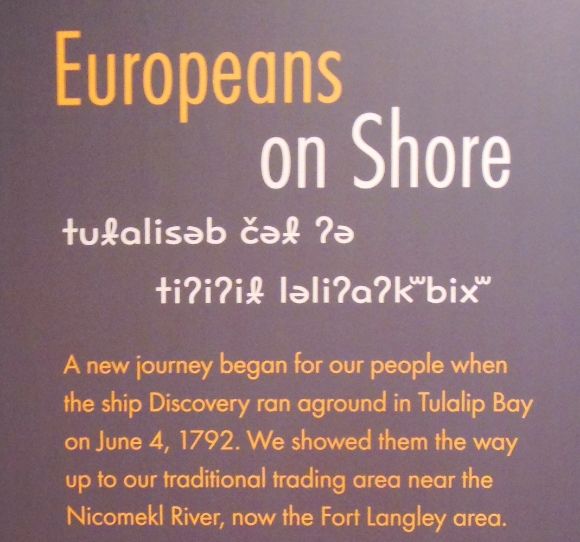
The initial contacts involved trade: the Europeans offered the Tulalip many different kinds of European manufactured goods in exchange for furs and food. The fur trade intensified after the Hudson’s Bay Company established For Langley in what is now British Columbia. Unfortunately, the European traders also brought with them epidemic diseases-smallpox, measles, chicken pox, influenza, tuberculosis, and alcoholism-which devastated the Native population. In a few short years, half of the population died.
The fur trade also brought over hunting which resulted in fewer animals. Then came the European and American settlers who ignored Native rights to the land and simply cleared the land they wanted for their homesteads. This culminated in the Treaty of Point Elliot in 1855. Eighty-two chiefs attended the treaty conference near present-day Everett, Washington. Fifteen tribes signed over to the United States 10,000 square miles of their ancestral lands. Each of the tribes was to receive $150,000 in annuities to be delivered over a twenty year period

According to one display:
“Not everyone agreed that signing the treaty was a good idea. Some leaders felt they did not have a choice and that signing was the only way to preserve their traditional way of life for future generations.”

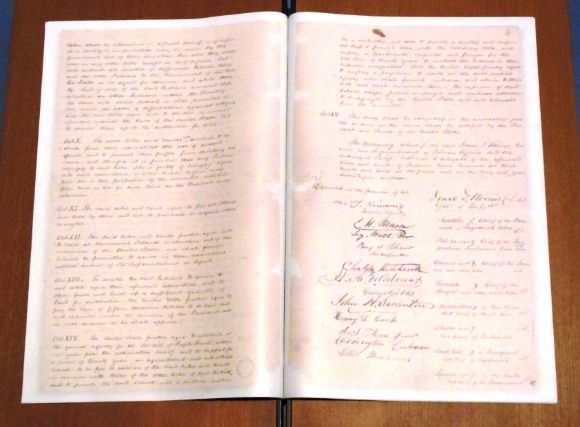
A copy of the treaty is shown above.
Under the reservation system established by the treaty, the people were impoverished. Laws and regulations were imposed on the people as to how they were to live and where they could fish, gather, and hunt. The boarding schools were designed to destroy tribal cultures.

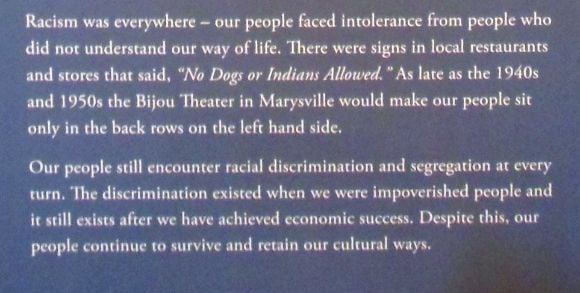
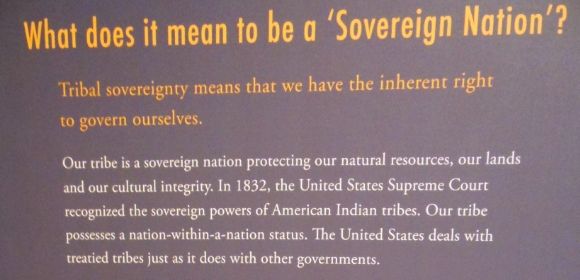
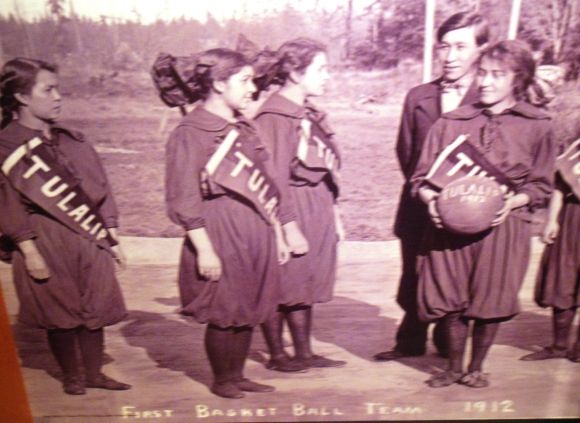
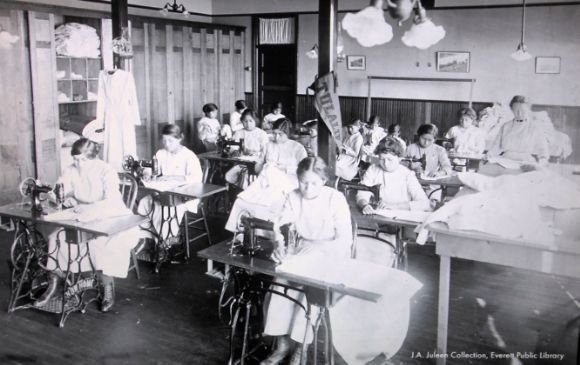
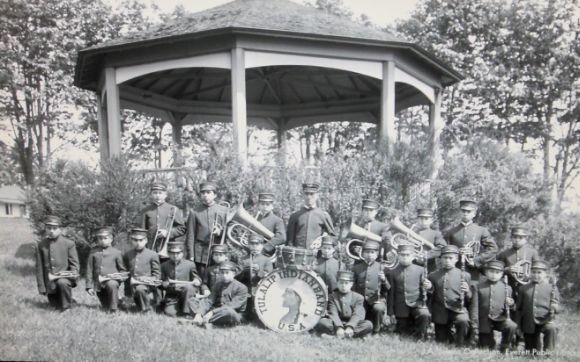

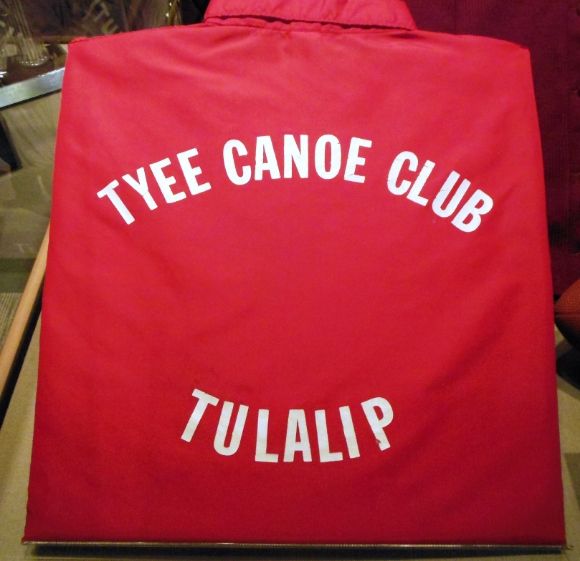
Religion:


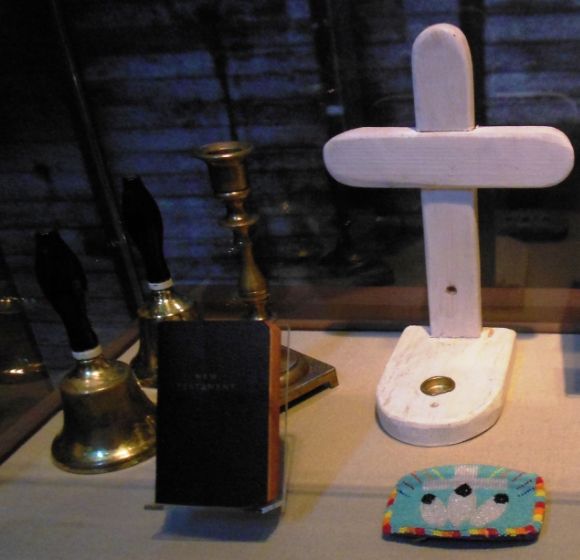
The United States government sought to exterminate all vestiges of Native American religion and from 1884 to 1934 traditional Indian practices were illegal. The Indian Shaker Church was organized on the Tulalip Reservation in 1810 as a means to continue Native spirituality.
Revitalization:
The exhibits at the Hibulb Cultural Center and Natural History Preserve also tell a story of cultural revitalization: reviving Tulalip culture in the twenty-first century.
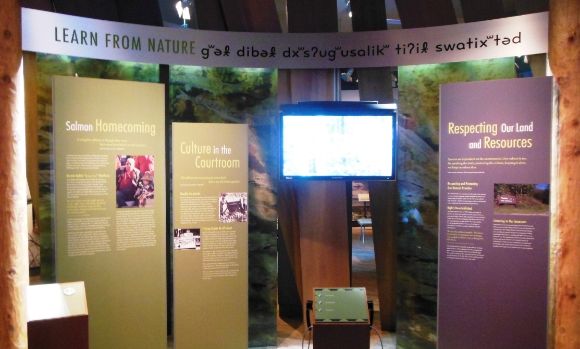
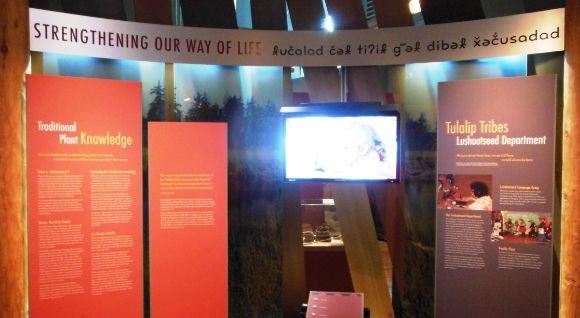

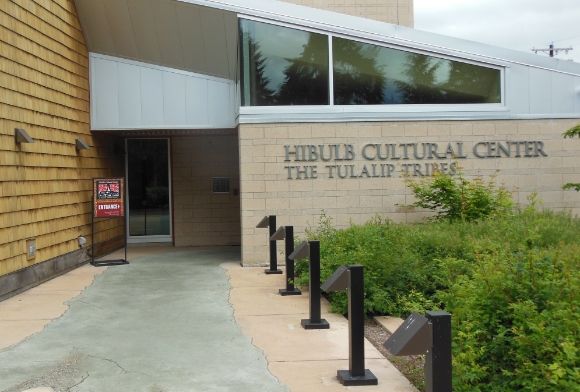
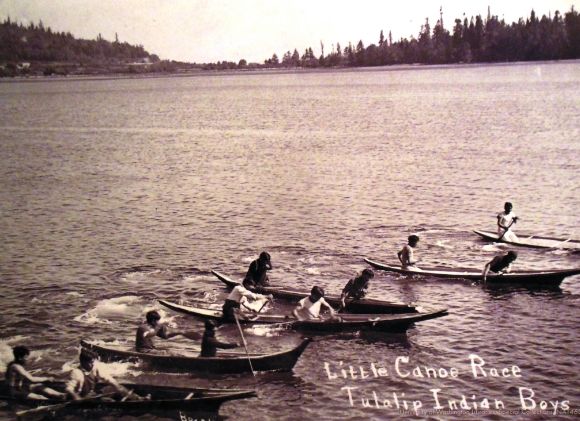
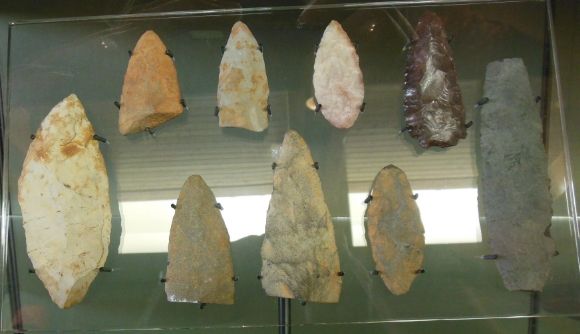
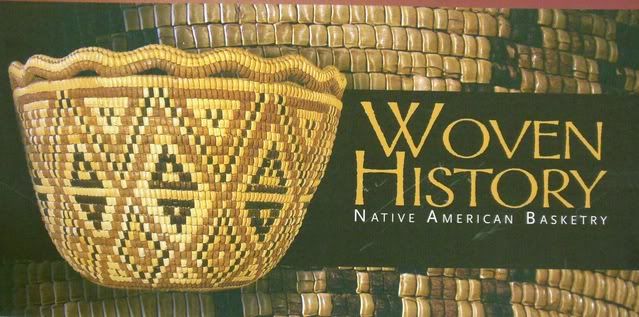
Leave a Reply